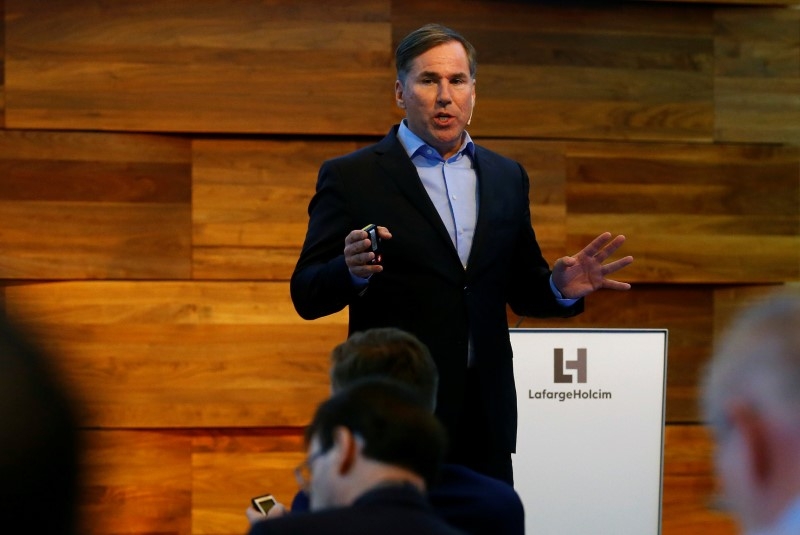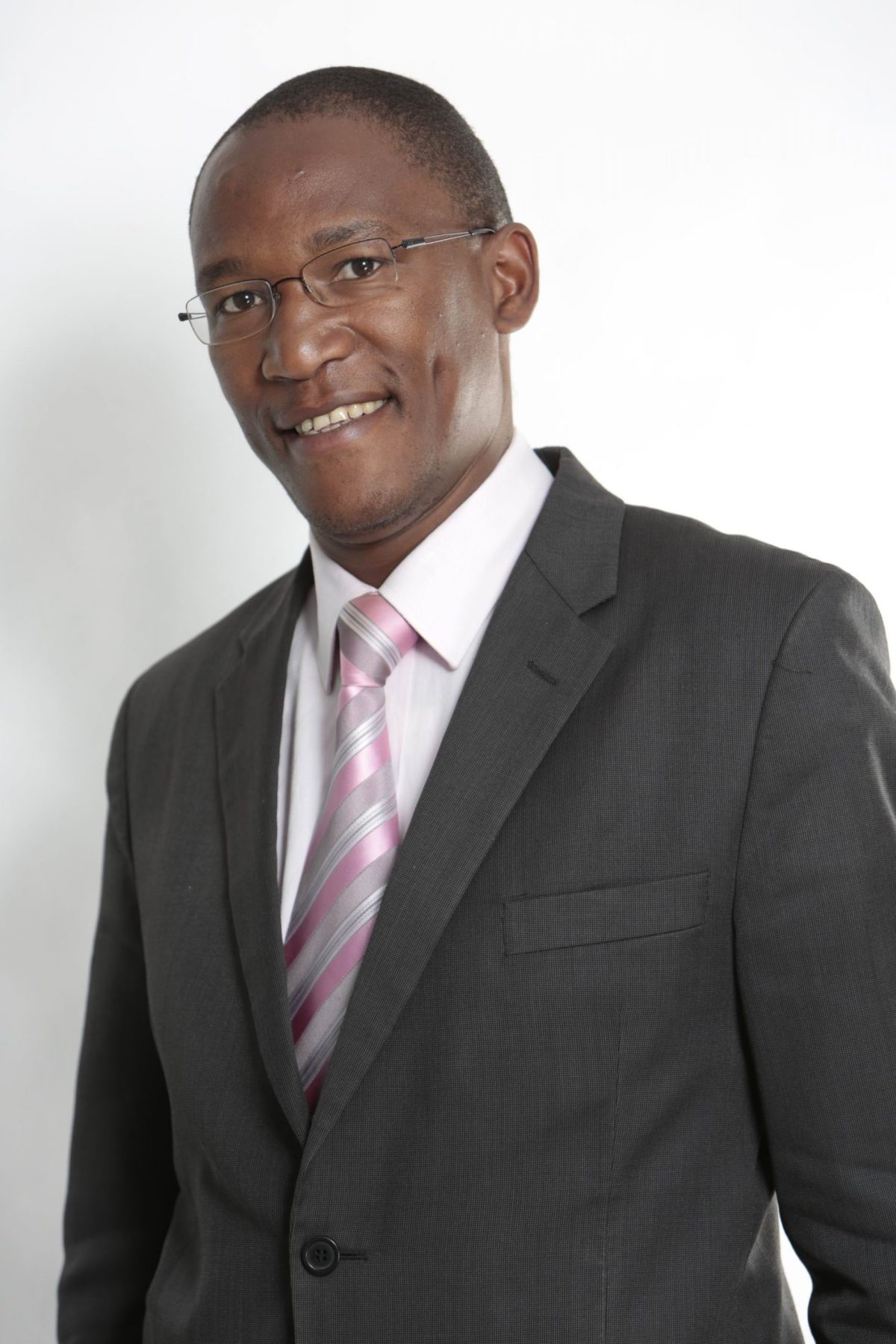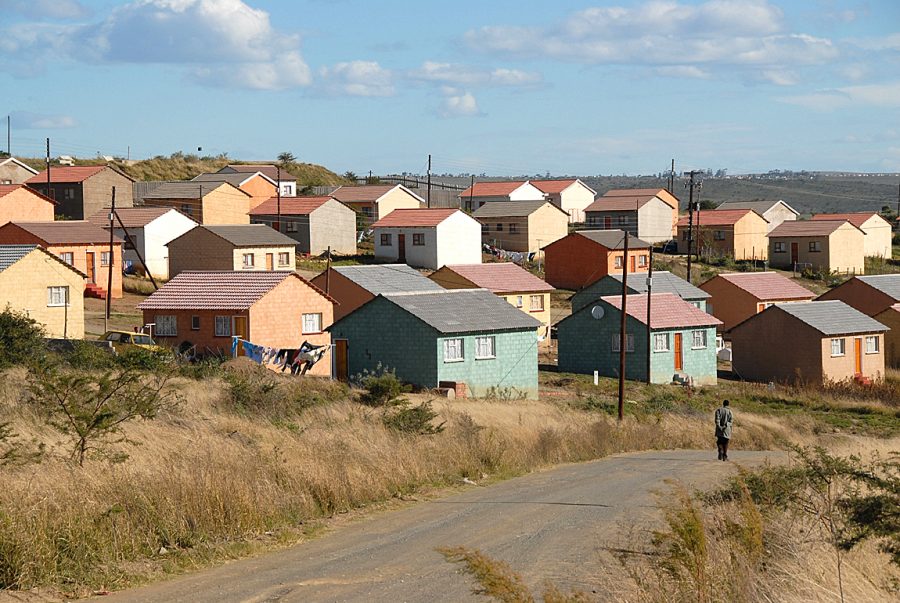

LafargeHolcim’s new CEO Jan Jenish set out his plan on Friday to revive the company’s fortunes by cutting costs, selling assets and focusing on fewer markets as the world’s biggest cement maker announced a $4 billion write off.
Jenisch took over in September to get the company back on track after a difficult marriage between France’s Lafarge and Switzerland’s Holcim in 2015. LafargeHolcim also reported a $3.3 billion net loss during its fourth quarter, hit by the impairment charge as Jenisch cleared the decks for his overhaul.
Previous CEO Eric Olsen left after the company admitted paying armed groups in Syria to keep a plant running. Jenisch now has a five-year plan targeting annual sales growth of 3 to 5%, recurring EBITDA growth of at least 5%, improvement in free cash flow to over 40% of EBITDA, and boosting the return on invested capital to more than 8%.
The revamp would include a focus on fewer markets to concentrate on the United States, Latin America, India and Africa. “While the strategy looks sensible and more realistic than previous targets, it probably implies a reduction in consensus expectations,” UBS analysts said in a research note.
A Zurich trader said the write-down had been badly received by investors. As part of its more focused approach, LafargeHolcim would sell assets worth around 2 billion francs and could also leave two or three countries.
The company launched a cost savings drive of 400 million francs from its administration costs, saying it would close corporate offices in Singapore and Miami. It stopped its share buyback programme and kept its dividend steady while saying it would look at bolt-on acquisitions.
Jenisch said he hoped to do “a lot of deals”. Last week LafargeHolcim made its first purchase under his leadership when it bought Kendall Group, an aggregates and ready mix concrete maker in Britain. The fourth-quarter charge pushed LafargeHolcim into a net loss of 3.12 billion Swiss francs in 2017. Without the charge, net profit fell 31 percent to 270 million francs.
Revenue rose 2.7 percent to 6.7 billion francs.
More news
- CELEBRATING EXCELLENCE IN THE RESIDENTIAL PROPERTY SECTOR
- PART 4: GIBS PANEL DISCUSSES INTEMEDIATE CITIES ROLE IN AFRICA’S DEVELOPMENT
- EXPOSED AGGREGATE PAVERS COMPLEMENT NEW LIFESTYLE CENTRE
- GIBS PANEL EXPLORES ROLE OF INTERMEDIATE CITIES IN SA’S DEVELOPMENT PART 3
- CITI-CON’S CONCRETE KNOWLEDGE SUCCESSFULLY DEPLOYED ON NEW LANDMARK DEVELOPMENT





